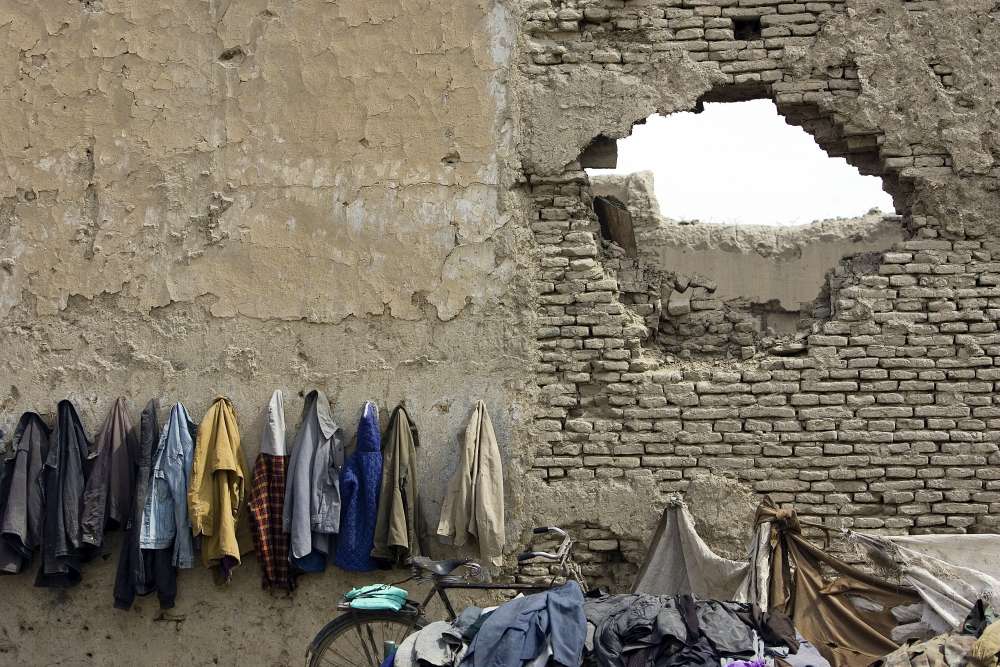India’s Growing Involvement in Humanitarian Assistance
Introduction
On 13 September 2005, an Indian army aircraft landed on a United States Air Force base in Little Rock, Arkansas, carrying 25 tons of relief supplies to the victims of hurricane Katrina in New Orleans. At around the same time, the World Food Program (WFP), a major net provider of food assistance in India until the early 2000s, recognized India as its 15th largest donor (WFP 2006).* These two instances show that humanitarian assistance – that is, assistance “designed to save lives, alleviate suffering and maintain and protect human dignity during and in the aftermath of emergencies” – has fast developed from small occasional contributions into a notable instrument of Indian “soft power” (Nye 2004) within the framework of the country’s foreign policy.
Despite this trend, India’s motives for giving humanitarian assistance, its geographic and thematic priorities and its internal decision processes remain largely unknown. In an attempt to close this research gap, the present paper analyzes India’s humanitarian aid as part of its foreign policy, asking why India gives humanitarian assistance and how internal norms and interests shape the country’s decisions regarding humanitarian assistance.
India is still in the process of defining its role in disaster relief efforts. Since its independence, the country has come to the aid of people in need. For example, it became home for thousands of Tibetan Refugees in 1959 and millions from East Pakistan (now Bangladesh) in 1971. In 1987, during the Sri Lankan Civil War, India f lew humanitarian assistance materials to civilians in the city of Jaffna, an act that could be viewed as one of the few humanitarian interventions worldwide. In the past 10 years, the scale and frequency of India’s efforts to help those in distress have changed significantly. Today, as the world’s fourth largest economy, India has the means to contribute to international aid efforts more systematically. Although a large share of its population is still poor, and though huge income gaps characterize the Indian economy, India has come a long way; once dependent on Western aid, it is now part of the group of non-Western humanitarian donors which together account for at least 12 percent of worldwide humanitarian aid each year (Harmer and Cotterrell 2005: 16).
Studies undertaken in the past have largely focused on India’s development aid or treated humanitarian aid as part of development assistance. However, the normative framework and international structures governing humanitarian donorship are distinct from development aid. States aspire to follow a strict normative framework, providing assistance in an independent, neutral and impartial manner and avoiding political conditionality. In no other area of foreign policy do decision makers take as much care to avoid looking as though they are driven by national interests – and yet interests shape humanitarian policy for all donors (cf. Binder, Meier, Steets 2010: 28).
The present paper, which is part of a broader research project on non-Western humanitarian assistance donors conducted by the Global Public Policy Institute (GPPi), therefore seeks to analyze state behavior in humanitarian assistance separately from development aid. The paper is based on a review of the primary documents and literature about Indian foreign policy as well as 31 semi-structured interviews conducted in New Delhi and elsewhere, mostly with serving and retired officials in the Indian Government (notably the Ministry of External Affairs), representatives of international organizations, Western donors and the corporate world. Due to the absence of reliable centralized humanitarian aid records, quantitative data served only as a secondary source. The authors compiled their own overview of Indian humanitarian contributions from 2000 – 2010 from a range of sources. While this mix of methods allowed the authors to answer the research question at hand, we should note that assessing the effectiveness of Indian humanitarian assistance was beyond the scope of the study and that the quantitative data on India’s contributions is still not exhaustive.
Following this introduction, chapter 2 looks at the Indian conception of humanitarian assistance in terms of definition, motives and principles of disaster relief. Chapter 3 analyzes India’s internal humanitarian bureaucracy, decision making processes and the policy implications of this organizational setup on the way India provides assistance. The next two sections focus on the implementation of humanitarian assistance, analyzing India’s aid practice bilaterally (chapter 4), through multilateral organizations and in cooperation with other countries (chapter 5). Chapter 6 provides a conclusion about the role of humanitarian assistance in India’s foreign policy by synthetizing India’s normative and interest-based motives with its aid practice. Chapter 7 proposes a path towards increased cooperation between the Indian government, multilateral humanitarian organizations and established donors.
Download the full study here.







